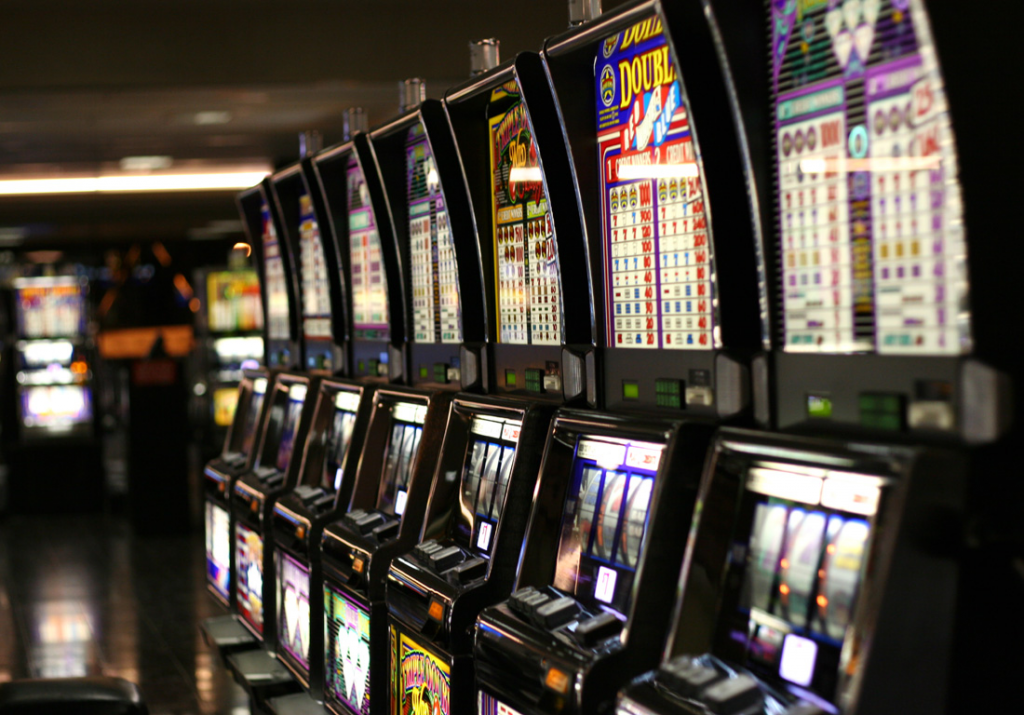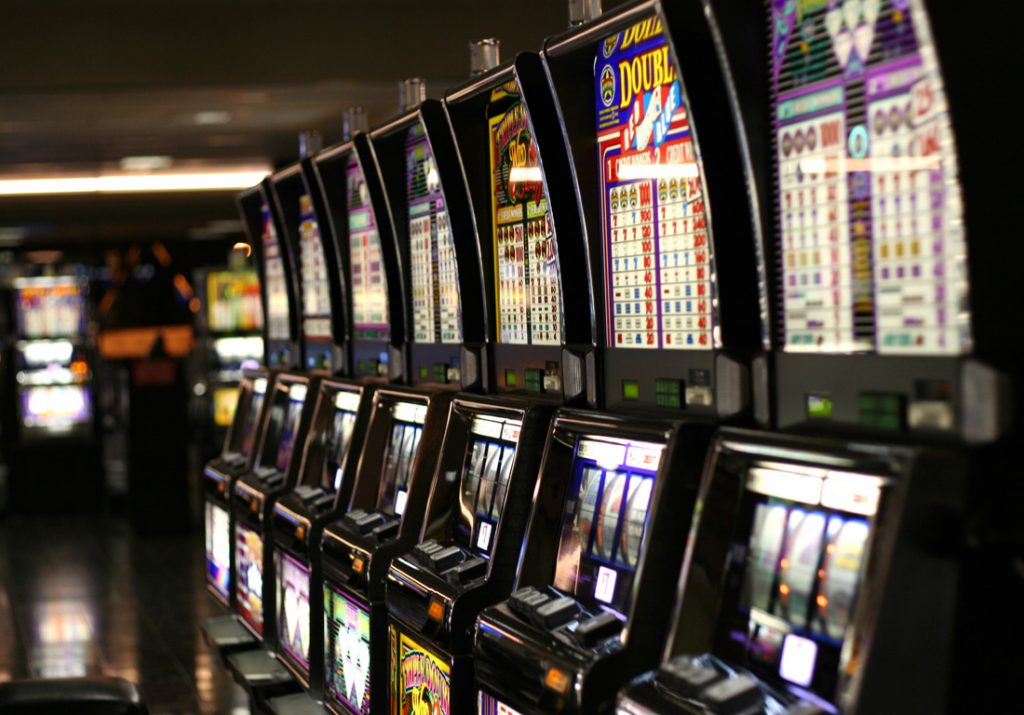Watches as Investment: Navigating the Collectible MarketWatches as Investment: Navigating the Collectible Market
The history of watches is a tale that spans centuries, reflecting the evolution of human ingenuity, culture, and technology. From the earliest timekeeping devices to the modern marvels we wear today, watches have undergone a captivating journey. In this article, we trace the historical trajectory of watches, from their inception to their role as cherished accessories and beyond.
From Sundials to Pocket Watches
The earliest forms of timekeeping involved using natural elements, such as sundials, to measure the passage of hours. These primitive instruments marked the transition from day to night, laying the foundation for more accurate methods of time measurement. The advent of mechanical clockwork in the 14th century paved the way for the emergence of pocket watches, portable timepieces that marked a significant advancement in horology.
The Birth of the Wristwatch
While pocket watches reigned supreme for centuries, the need for convenience during World War I led to the popularization of wristwatches. Soldiers found that strapping timepieces to their wrists allowed for easy access while maintaining functionality on the battlefield. This shift marked a turning point in watch design and set the stage for the wristwatch’s dominance in the years to come.
The Quartz Revolution
The late 20th century witnessed a revolutionary change in watch technology with the advent of quartz movement. Quartz watches, driven by battery-powered oscillators, offered unparalleled accuracy and affordability. This shift democratized timekeeping, making watches accessible to a wider audience. However, it also led to the decline of traditional mechanical watchmaking.

The Resurgence of Mechanical Excellence
Despite the rise of quartz technology, a resurgence of interest in traditional watchmaking emerged in the late 20th century. Mechanical watches, celebrated for their intricate movements and timeless craftsmanship, regained popularity among collectors, enthusiasts, and connoisseurs. Luxury brands like Rolex, Omega, and Patek Philippe spearheaded the renaissance of mechanical excellence.
The Digital Age and Smart Watches
The 21st century brought another wave of transformation with the rise of digital technology. Smartwatches, equipped with touchscreens and connected functionalities, integrated timekeeping with communication, fitness tracking, and more. This marriage of technology and fashion redefined the concept of watches as versatile lifestyle accessories.
A Tapestry of Tradition and Innovation
Today, watches serve as a tapestry that weaves together history, tradition, and innovation. Mechanical watches honor centuries-old watchmaking techniques, while modern iterations incorporate cutting-edge materials and movements. From classic elegance to futuristic design, the watch industry offers a spectrum of choices that cater to diverse tastes.
Cultural Significance and Personal Expression
Watches have transcended their utilitarian purpose to become symbols of cultural significance and personal expression. They are worn to mark life’s milestones, express individual style, and pay homage to tradition. From luxury timepieces to smartwatches, each watch carries a SKMEI Watches that resonates with its wearer.
Conclusion
The journey of watches through history is a testament to human creativity and ingenuity. From the ancient sundials to the intricate mechanical marvels and smart companions of today, watches have evolved in response to cultural shifts, technological advancements, and individual desires. As we wear these timekeepers on our wrists, we carry with us a piece of history—a symbol of our connection to the past and our hopes for the future.…




